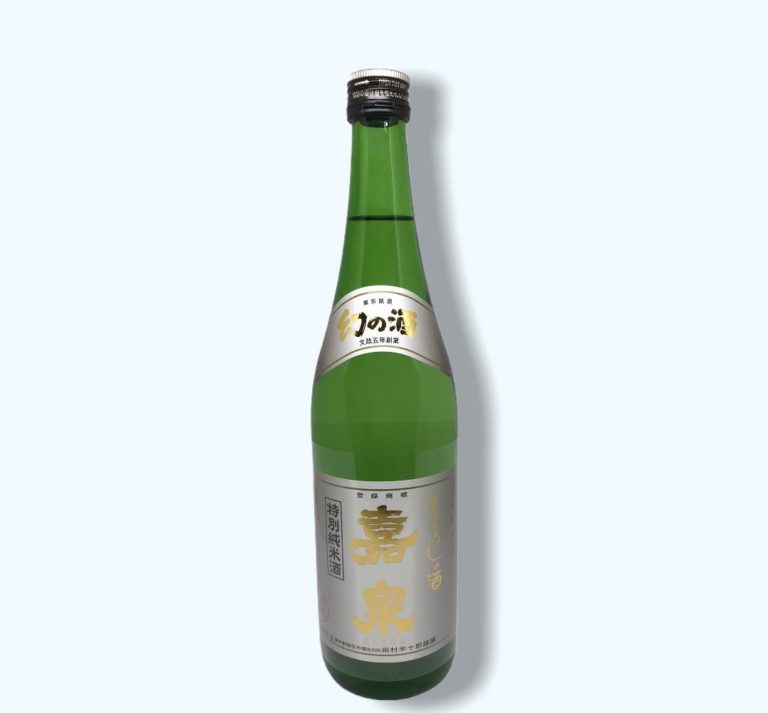

In the Kamakura period (1185-1333), when a member of Sekkan-ke (the families which produced regents) the Northern Branch of the Fujiwara family, FUJIWARA no Michikane and Renjo UTSUNOMIYA (Rensho UTSUNOMIYA or Yoritsuna UTSUNOMIYA) built a villa at Sagano of Kyoto, they commissioned a master of poetry FUJIWARA no Teika (1162-1241) to choose outstanding waka for decorating the shikishi (square piece of fancy papers) of the fusuma (papered sliding doors) of the villa (later it was called Ogura-sanso Villa) Teika selected one hundred tanka, each one by distinguished poets and arranged them in chronological order from Emperor Tenji of the period of Jodai (before Taika no Kaishin of 645 which Tenji conducted when he was still a prince) until Emperor Juntoku of the Kamakura period that has been said to be the prototype of "Ogura Hyakunin Isshu." Seventy-nine of the selected poets were male (fifteen are priests) and twenty-one were female. The details of "Ogura Hyakunin Isshu" are described in the following sections.

Presently, it usually refers to "Ogura Hyakunin Isshu," one of shisen wakashu (personal collection of poetry) compiled by FUJIWARA no Teika (Sadaie), gathering a hundred tanka (classical Japanese poem in 31 syllables) by a hundred outstanding poets from the 600s until about 1205 when "Shinkokin Wakashu" (New Collection of Ancient and Modern Japanese Poetry) was compiled. Hyakunin Isshu (one hundred waka poems by one hundred poets) is a poetry anthology containing one hundred waka (classical Japanese poems), one each by distinguished poets from ancient times in the past, it had been called 'Hyakunin-shu.'


 0 kommentar(er)
0 kommentar(er)
